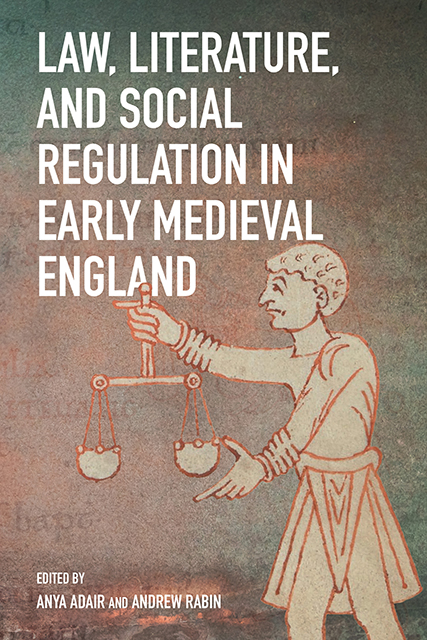3 - Traces and Supplements: Literary Prose in Sawyer 404
Published online by Cambridge University Press: 10 June 2023
Summary
The charter known as Sawyer 404, dated to 930, presents a diplomatic puzzle in which multiple traditions, events, and interventions converge in a single document. While the authenticity of the text remains uncertain, the charter does show elements of several established diplomatic traditions, all of which share an interest in artful prose. Moreover, S 404 contains two short supplements to the original act of donation, one from King Æthelstan (r. 924–39) in a postscript, and one from King Edgar (r. 959–75) in a final addendum. In the context of its archive, the charter deals with a property that is also at issue in two other later documents and seems to take measures to safeguard against potential complications from a past forfeiture. This difficult charter, then, is a multivocal text that shows an accumulation of several diplomatic styles and tenurial interests.
S 404 can best be seen as an accumulative text, carrying traces and supplements of texts and events that both precede and follow its given date of 930. The history of the involved property is somewhat complex, but it can be summarized as follows:
• King Æthelstan grants the Dumbleton (Gloucestershire) estate to Cynath, abbot of Evesham (Worcestershire), in 930.
• Cynath later transfers the property to Osulf, bishop of Ramsbury (Wiltshire), whose possession is later confirmed by King Edgar, as affirmed in the postscript to S 404.
• The property is forfeited into the possession of King Æthelred II, who sells the land to Archbishop Ælfric in 1002.
• Ælfric bequeaths the Dumbleton estate, with newly added lands, to Abingdon (Berkshire), sometime between 1002 and 1005.
Clearly, such a history would require careful documentation to ensure against future competing claims. Susan Kelly has aptly observed that S 404 “has evidently been reworked, perhaps on several occasions, and may have reached its present form in the eleventh century.” This reworking most likely occurred when the land passed from Archbishop Ælfric to Abingdon, with earlier documentation feeding into the finished product of S 404. This composite text was then incorporated into two Abingdon cartularies, in somewhat modified form. The earlier cartulary-chronicle (British Library, Cotton Claudius C.ix, written c. 1170) contains the charter with an abbreviated witness list and no boundary clause.
- Type
- Chapter
- Information
- Publisher: Boydell & BrewerPrint publication year: 2023



